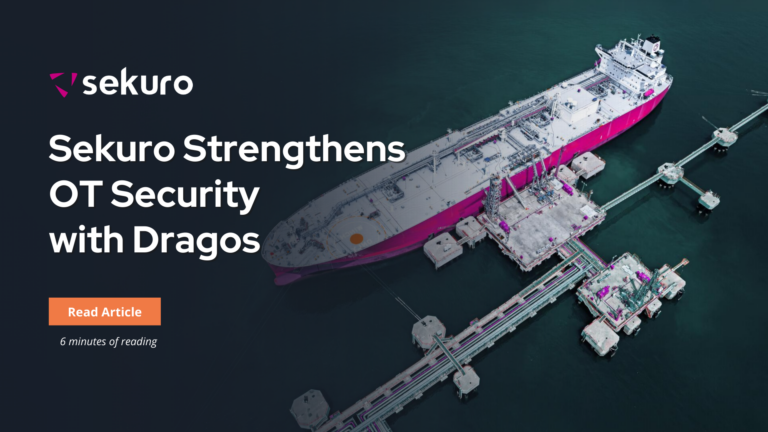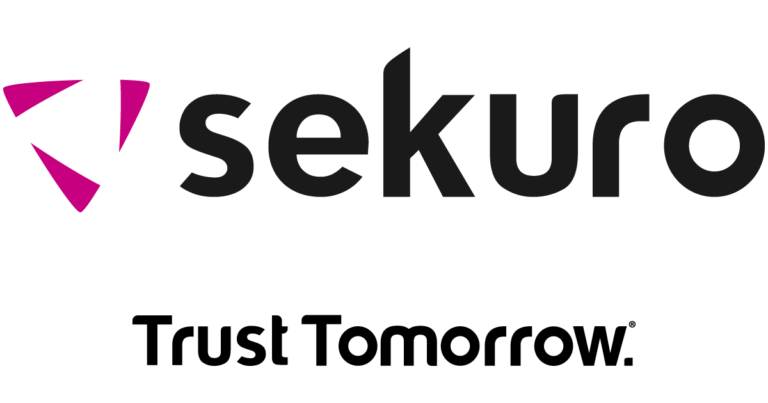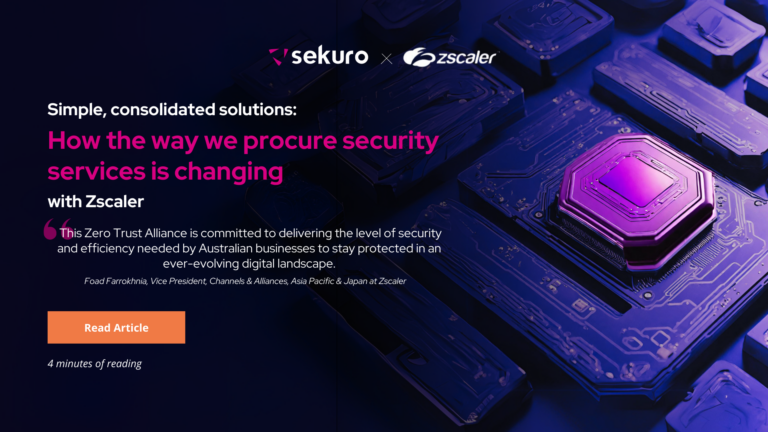It’s no surprise to anyone that the cost of doing business is rising. Almost all organisations are looking at ways to reduce spending by creating efficiencies, particularly those with high levels of technology investment.
There is a convergence of challenges facing organisations today when it comes to maintaining their technology infrastructure. The total cost of ownership is spiralling thanks to rising energy costs, an explosion of data and the spiralling cost of storage as a result. Gartner estimates that the cost of storage alone will double to almost 40% of total data centre power budgets by 2030.
Beyond cost reduction, there is also increasing pressure for organisations to improve their Environmental, Social and Governance (ESG) commitments. The rapid growth of data has resulted in data centre energy consumption rising as a result of power and cooling needs, as well as the increase in e-waste from the disposal of storage, servers and other networking equipment, most of which ends up in landfill. The responsibility falls on organisations to reduce their impact on the environment, and pressure continues to grow for more sustainable business practices.
The rapid growth of data has resulted in data centre energy consumption rising as a result of power and cooling needs, as well as the increase in e-waste from the disposal of storage, servers and other networking equipment, most of which ends up in landfill.
Converged infrastructure is a solution designed to overcome the limitations and inefficiencies of traditional IT storage and compute, helping reduce the cost to organisations and the environment whilst improving performance. Traditional data centre management systems are comprised of disparate silos that must be individually configured, which can be time-consuming and costly to set up and maintain.
Switching to a converged infrastructure with FlashStack by Pure Storage and Cisco reduces energy consumption by up to 80%. This is because it joins compute, networking, storage, systems administration, and software together in a pre-configured package, delivering a highly performant platform that can scale as organisations grow and simplify ongoing management.
The rising cost of data
There are a multitude of factors contributing to the rising costs of creating and maintaining data. One is the increased cost of energy. As the cost of energy rises, the cost of powering and cooling a data centre naturally rises along with it. Another reason is that with more data comes the need for more space to store it. As you can probably guess, this too is expensive, and getting more costly as data centre maintenance costs rise and the amount of data generated on a daily basis grows.
This is where FlashStack comes in. Its always-on data reduction enhances storage efficiency by leveraging usage-aware algorithms to dynamically adjust power usage. Often organisations will find that storage data reduction leads to performance trade-offs, however, FlashStack allows organisations to realise the full efficiency and lower power usage benefits from their storage, whilst improving performance.
When it comes to space, FlashStack often achieves data centre footprint savings of up to 80% when replacing legacy systems, translating directly to cost and energy savings. This is because FlashStack has significantly smaller hardware components due to superior data reduction and capacity density of solid-state media – this means no spinning discs. In addition, fewer application servers are needed due to the lower latencies of all-flash storage, driving much higher server CPU utilisation.
Not only do the efficiencies created by FlashStack’s converged infrastructure reduce costs, but it’s a critical step in improving the environmental footprint of an organisation’s infrastructure.
Making data greener
In the past, all too often the environmental impact of technology was overlooked as part of purchasing decisions or as an indicator of business performance.
New Sustainability Disclosure Standards are being led by the Australian Treasury in line with the Australian government’s net zero emissions target by 2050. This signals the first step towards putting sustainability reporting on an equal platform with financial reporting, helping to create accountability and drive transparency. This will provide investors with the information they need to make better, more informed decisions about the sustainability practices of organisations. Data management practices will inevitably form a big part of this.
With FlashStack, organisations can minimise their environmental impact whilst also reducing CAPEX and OPEX. There are obvious environmental impacts of reducing energy consumption, however, with FlashStack, organisations can also reduce e-waste. Its Evergreen architecture means that products do not become obsolete or require wholesale replacement. Arrays are upgraded modularly and non-disruptively, and customers benefit from the latest hardware and software technology. Evergreen subscription options also save manufacturing costs, as you won’t need to worry about disruptive upgrades or making repeat investments in infrastructure build.
FlashStack’s higher storage and compute density lowers both an organisation’s physical and carbon footprint and it also offers sustainable packaging and recycled materials.
As the amount of data we create continues to grow exponentially, so will the impact it has on the environment. As organisations look to reduce costs, they need to be looking towards solutions that provide more efficient infrastructure whilst not compromising on performance.
As the amount of data we create continues to grow exponentially, so will the impact it has on the environment. As organisations look to reduce costs, they need to be looking towards solutions that provide more efficient infrastructure whilst not compromising on performance. Organisations that do this will receive the added benefit of improving their ESG outcomes as as well their overall reputation and attractiveness to both investors and customers.
Get in touch with Sekuro to learn about how we can support you on your data centre modernising journey.

Jason Trampevski
Field Chief Technology Officer (CTO), Sekuro
Jason is a strategic technology leader dedicated to helping organisations achieve their goals through the effective use of technology. His expertise lies in building resilience and driving business success. As a specialist in transforming complex business requirements into streamlined technology solutions, his focus lies in harmonising the essential components of people, processes, and technology to empower organisations to maintain agility and competitiveness in today's rapidly evolving digital world.






